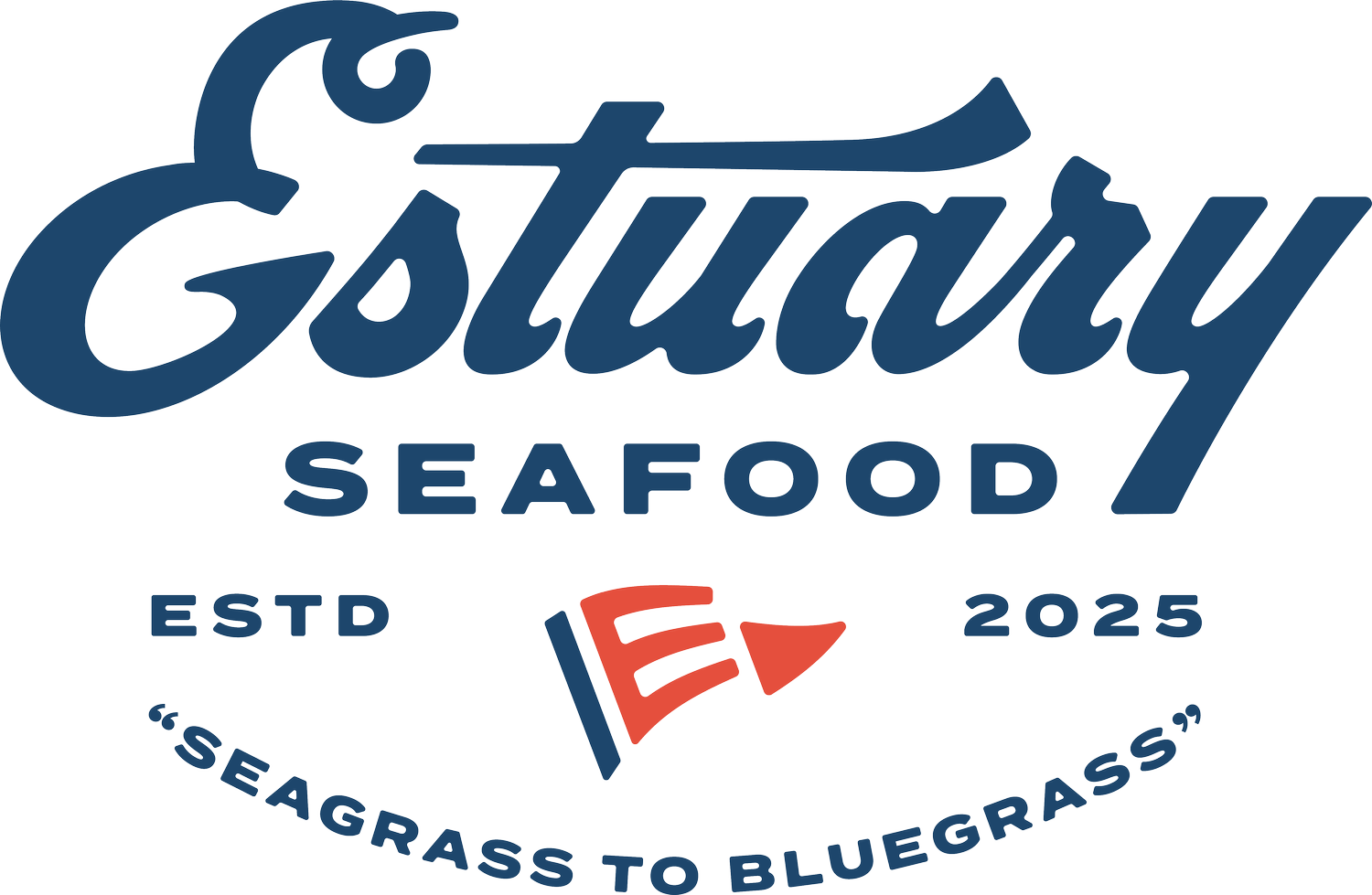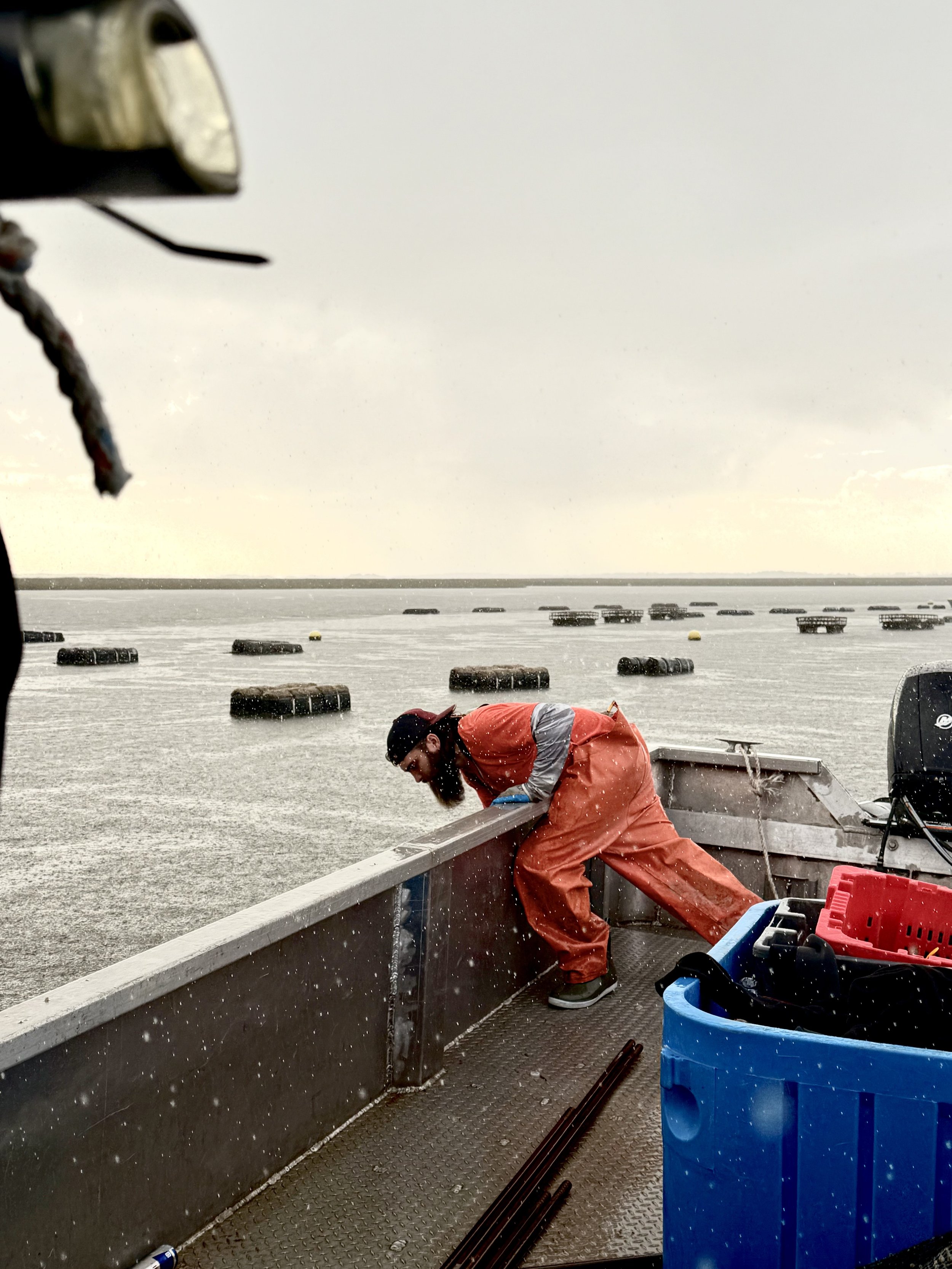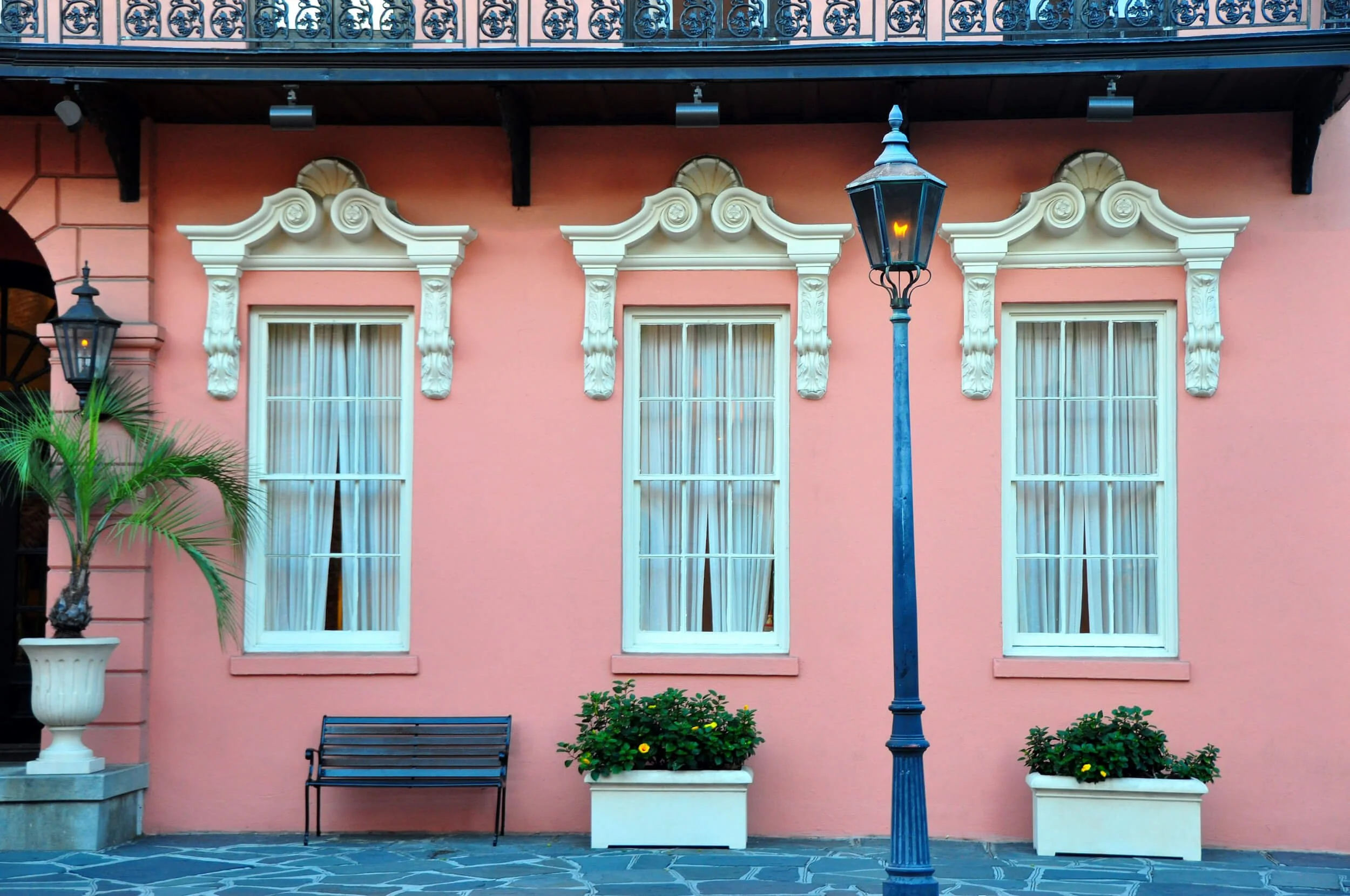ACE Basin
The ACE Basin System, named for the confluence of the Ashepoo, Combahee and Edisto Rivers, is one of the largest undeveloped wetland/upland ecosystems remaining on the Atlantic Coast. Comprising 350,000 acres, it is located in the coastal region of South Carolina, between Charleston and Hilton Head Island.
The basin is known for its diverse habitat, abundant wildlife and cultural significance. The ecosystem includes forested uplands and wetlands, vast tidal marshes, peatlands and beaches.
It provides critical habitat for a vast array of waterfowl, migratory and resident birds, fish and many other animals, including numerous threatened and endangered species. Among those protected species are loggerhead sea turtles, of which 3,000 to 10,000 are hatched annually.
The ACE Basin holds significant cultural and historical influence, too. Historically, the area was agricultural in nature and home to antebellum plantations. By the 1970s and 80s, development pressure prompted concerned citizens to petition for protection. Today, the area is managed through a joint effort between federal, state, and local agencies, conservation groups and private landowners.
These groups monitor the flora, fauna and water quality while also providing educational and scientific programs for visitors, researchers and conservationists. The area also offers a wide range of recreational opportunities, including hiking, birding and wildlife viewing, fishing and hunting.
Architecture in Charleston, South Carolina



